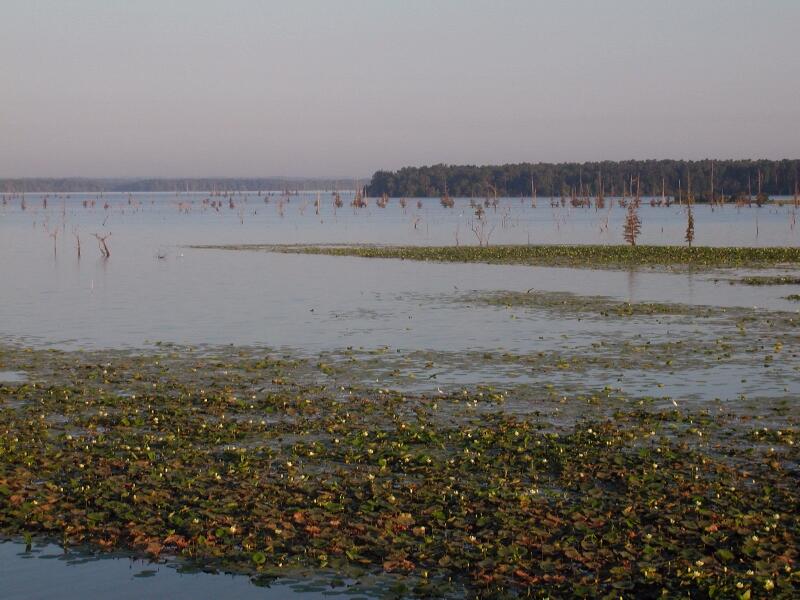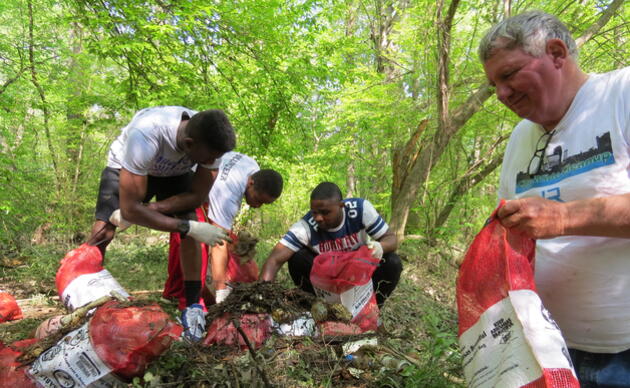
Any rare bird chaser or big year lister will make multiple pilgrimages to Millwood Lake, and with good reason; this location boasts 15 first state records and numerous other rare bird reports. Much of what we know about Millwood’s birds (and dragonflies) is thanks to local expert Charles Mills.
Site Description:
Millwood Lake (33,680 acres) is a reservoir created by the U.S. Army Corps of Engineers. Its shoreline is interspersed with standing dead timber, live cypress, and marshes. Uplands are hardwood, coniferous, and mixed forests. The lake’s primary function is flood control, but it also serves as a water supply, and supports many recreational interests including fishing, boating, hunting, camping, and of course birding. Millwood State Park (835 acres), managed by Arkansas State Parks, offers various recreational opportunities as well. The Okay Levee, Beard’s Bluff Overlook, Saratoga Landing, and the dam are among the lakeside birding vantage points.
Ornithological Summary:
Of the 400+ birds on the state list, 331 have been recorded around Millwood Lake. A wide variety of species of conservation concern breed here including: Hooded Merganser, Osprey, Red-headed Woodpecker, Brown-headed Nuthatch, Prothonotary Warbler, and Painted Bunting. The lake is especially well known for its water birds: Anhinga, Tricolored Heron, Black-crowned Night-Heron, Yellow-crowned Night-Heron, White Ibis, Wood Stork, Purple Gallinule, and Common Moorhen. Thousands of American White Pelicans, Franklin's Gulls, and Tree Swallows forage here during migration. Mouth-watering rarities include all three jaegers, Black-headed Gull, Black-legged Kittiwake, Bridled Tern, Couch's Kingbird, Cave Swallow, Rock Wren, Northern Wheatear, and Snow Bunting!
Conservation Issues:
Millwood is not a natural lake, so it will fill in if not maintained. Sediments from farm runoff, soil erosion, and low flow are accumulating. Invasive aquatic plants choke sections of shoreline. The Corps plans to return to a historical schedule of draw-downs every three years, which permits dredging, reduces aquatic vegetation, and keeps the system in balance. Yet certain vocal stakeholders want a permanent rise in water level by three feet to regain access and improve fishing. Their plan, however, is only a temporary solution that also will flood marshbird habitat as well as recreation areas.
How you can help, right now
Be a voice for birds
Join our Advocacy Team to receive action alerts about legislation and policy when Audubon Delta's birds need your voice.
Join Our Flock
Signing up is the best way to keep up with Audubon's latest news, programs and initiatives.




